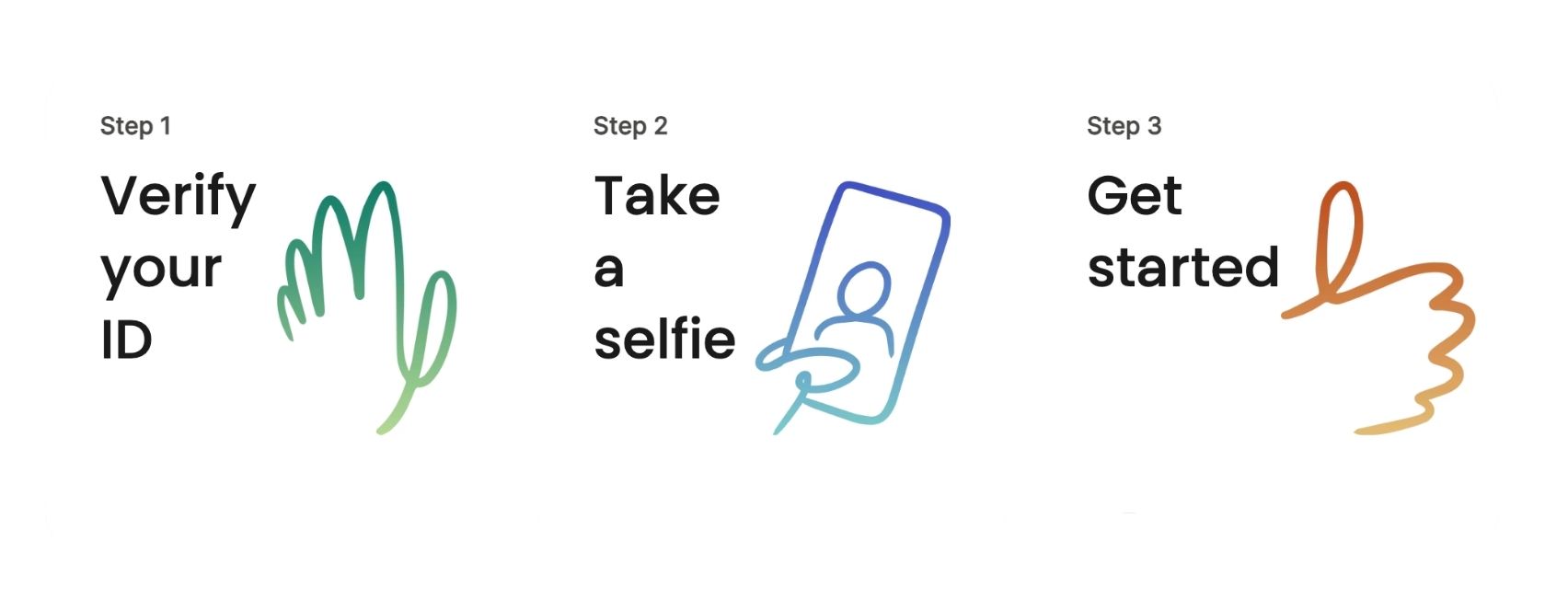General anesthesia makes you unconscious and is used during many surgical procedures. Anesthesia is defined as a medication for preventing pain. Multiple types are available. Some allow you to be alert and oriented during a medical procedure, while others make sleep so you're blissfully unaware of what's going on. The type of anesthesia you get depends on the nature of the procedure being performed, your age and overall health, and the preferences of the surgeon and anesthesia provider. With some procedures, you may be able to choose between different types of anesthesia, while other procedures require a specific type.

General anesthesia is the strongest type and the one most frequently used during surgery. It essentially puts you into a medically induced coma. General anesthesia not only makes the person unaware, but it also paralyzes the muscles of the body- including the muscles that make it possible to breathe.
For this reason, patients who receive general anesthesia require a ventilator to do the work of the diaphragm and other muscles that help make it possible to inhale and exhale.
General anesthesia is typically used for more serious surgeries, lengthy procedures, and procedures that would typically be very painful. This type of anesthesia not only allows a patient to undergo a procedure without pain but also allows the patient to be unconscious for the procedure.
For some surgeries, it would be very traumatic to be awake for the procedure, whether or not you were able to feel pain. Imagine having a body part such as your appendix removed, and being wide awake. While you might not feel any pain, it could still be extremely distressing.
The risks associated with anesthesia vary widely from procedure to procedure, and from person to person. Everyone has their own individual risk level, as no two people are exactly the same.
For example, a 90-year-old patient with chronic illnesses will have a completely different level of risk than a healthy 12-year-old, even if they're having the same procedure.
Some risks that may be experienced while under anesthesia include:
Some risks and side effects come after the procedure is over, including:
Blood clots: This issue is more common after surgery because the patient is still for an extended period of time, which is a known risk factor for blood clots.
Before you decide that you need general anesthesia for your procedure, it is important to know the different types of anesthesia that are available. The other most common types of anesthesia are:
The process of general anesthesia often starts with sedation, to make it possible to insert a breathing tube. The type of sedation is left to the anesthesia provider to choose and can vary widely depending upon the patient and the type of surgery.
Once you're in the operating room, attached to the monitoring devices, and the safety protocols have been completed, anesthesia can begin.
It is common practice that before sedating medications are given, a "time out" is done in which the medical team verifies your identity and the procedure you're having. This is done to prevent errors such as the wrong surgery being performed.
Once the time out is completed, you can be given sedating medication and the anesthesia provider starts preparing you for surgery.
The muscles of the body are paralyzed during general anesthesia, including the muscles that help the lungs draw breaths, which means the lungs are unable to function on their own.
For this reason, you'll be hooked up to a ventilator that will take over the job of inhaling for your lungs. To be clear, the lungs still work during anesthesia, they just can't draw breath because the muscles that do that work are temporarily disabled.
Being placed on a ventilator requires that a tube, called an endotracheal tube, be inserted into your airway. This tube is then attached to larger tubing that goes to the ventilator, allowing the ventilator to deliver oxygen to you.
The process of inserting the tube is called intubation. The patients are anesthetized prior to inserting a breathing device.
During surgery, the patient is monitored very closely by electronic monitoring devices that track heart rate, the amount of oxygen in the blood, the number of breaths taken, and even an electrocardiogram (EKG). In addition to electronic monitoring, the patient is also monitored by the operating-room staff and the anesthesia provider.
General anesthesia is typically provided by either a physician anesthetist (called an anesthesiologist) or a certified registered nurse anesthetist (CRNA). Both provide safe and effective anesthesia and have extensive experience in providing general anesthesia.
During the procedure, the goal is for you to be completely unaware of what is happening and to be without pain.
How you wake from anesthesia depends on the type of surgery you had and how well you're breathing. The goal after general anesthesia is to extubate the patient -remove the breathing tube- as quickly as possible after surgery ends.
At the end of the procedure, when the procedure is common and uncomplicated, you'll typically be given medications that reverse anesthesia, waking you up and ending the muscle paralysis. Then the breathing tube can come out right away and you'll be breathing on your own within minutes.
When procedures are longer, reversal agents are still given prior to extubation. In this situation, you'll wake in the PACU -post-anesthesia care unit- and move to a hospital room or go home once you're completely awake. Patients typically will have pain in the recovery phase, which is managed.
For some very serious surgeries, such as open-heart surgery or brain surgery, the patient is allowed to slowly wake from anesthesia with no reversal agent to bring the muscles out of paralysis. This means the patient may remain on the ventilator until they're fully conscious, which can be between six and eight hours after surgery.
Some patients may have to stay on a ventilator for days or even longer after surgery, but this is less common. It happens most often with people with certain risk factors, including respiratory diseases, smoking, and obesity.
Once you're awake after surgery, you may be able to suck on ice chips or take sips of water. If this goes well, the next step is to drink regular liquids, followed by a regular diet.
This process can take hours, or even days if the patient experiences nausea, vomiting, or just doesn’t feel up to taking food or fluids. In most cases, the patient is able to eat regular foods within a day of having general anesthesia.
Introducing Eva.
Receive a complete Readiness Report in 24 hours — Built with best surgeons and anesthesiologists. Powered by AI.
Send the report to your surgeon.

About 38% of adult patients suffer an adverse event during or following their surgery, researchers reported Wednesday in the BMJ.
Nearly half of these complications result in serious, life-threatening or fatal harm, results showed.
60% of the complications were potentially preventable and 21% were definitely or probably preventable, researchers report.
Our mission is to provide safe & affordable surgical care
for every patient using AI technology and telehealth.

Surgery should be centered around you.
Your health, in your hands.
With Eva Me, it is. Licensed clinicians review your health record to provide personalized recommendations for surgery and anesthesia. It’s time for care that’s true to you.
Securely access Eva Me with a photo of your ID and a selfie.

Health records in multiple portals? That’s a thing of the past. Eva Me gathers your records in one place so licensed providers can give you personalized recommendations about your health.

Receive a summary on your phone — including surgical history, medications, labs, and risk factors — ready to send to be sent to your surgeon.

Trusted by the best health systems in the world
Includes — Anesthesia Self-Test, consented record pull via HIE and patient portals, Eva Readiness Report in 24 hours, personalized checklist, action plan, question guide, secure PDF and share link, online support
Information